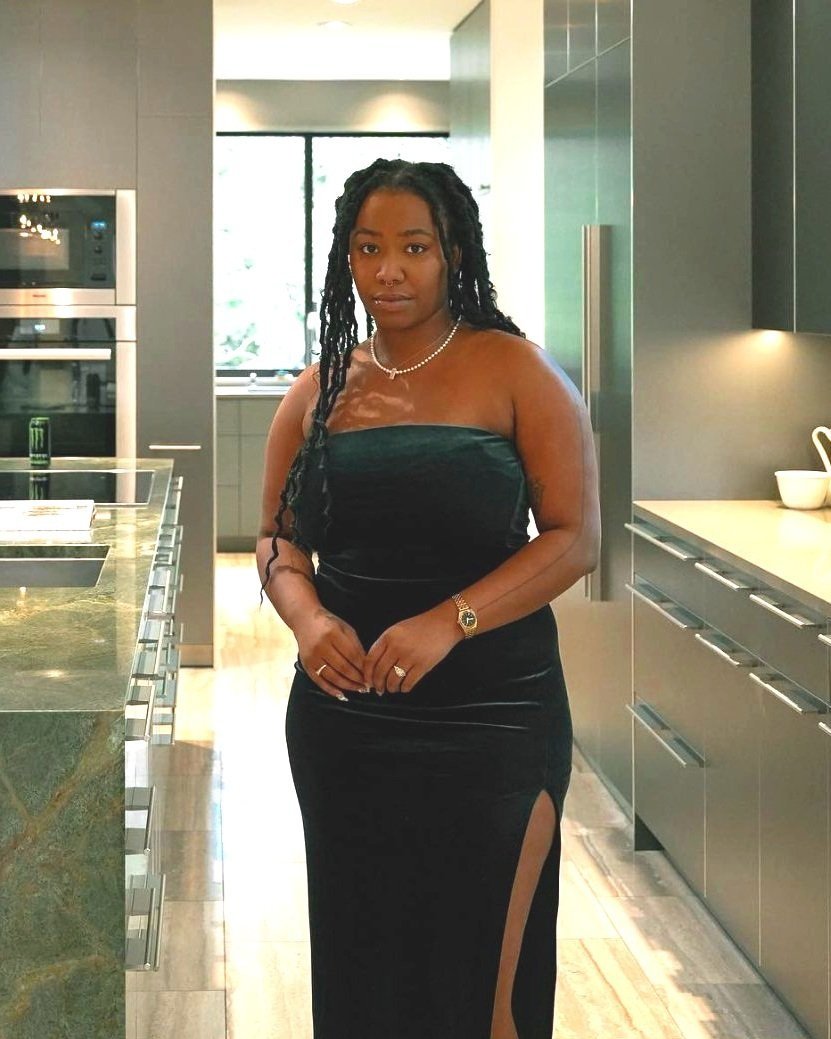ASK JUSTIN: IS VIRTUAL STAGING THE CATPHISHING OF REAL ESTATE?
In today's digitally-driven landscape, both the real estate and online dating sectors have experienced significant transformations due to technology. Virtual home staging and catfishing are two concepts that have emerged as noteworthy examples of how technology can impact these domains. While seemingly unrelated, a closer examination reveals intriguing parallels between the two phenomena. This comparative analysis delves into the similarities and differences between virtual home staging in real estate and catfishing in the online dating world, shedding light on the ways in which appearances can be deceiving in both contexts.
Virtual Home Staging in Real Estate: Enhancing Perceptions
Virtual home staging is a technique that involves digitally enhancing or altering property images to present a home in its best possible light. It allows potential buyers to envision the potential of a space, helping them make informed decisions. This technique often involves adding or removing furniture, applying virtual renovations, and enhancing lighting to create an attractive and inviting atmosphere. The objective of virtual home staging is to highlight a property's strengths and downplay its weaknesses, ultimately enticing potential buyers.
Catfishing in the Online Dating World: Fabricating Identities
Catfishing, on the other hand, is a practice in the online dating world where individuals create fake personas to deceive and manipulate others. This involves using altered or entirely fabricated information, such as false names, photos, and personal details, to appear more appealing or desirable to potential partners. The goal of catfishing is to create a connection based on a fictional identity, often leading to emotional manipulation and even financial exploitation.
Parallels Between Virtual Home Staging and Catfishing: The Power of Perception
Manipulation of Perception: Both virtual home staging and catfishing rely on manipulating perception to achieve desired outcomes. In real estate, virtual staging enhances the visual appeal of a property, potentially leading to higher offers. Similarly, catfishers alter their online personas to attract romantic interest or gain emotional support.
Illusion of Authenticity: Both practices create an illusion of authenticity that may not reflect reality. Virtual home staging might present a home as more spacious or luxurious than it actually is, while catfishing projects an identity that is often far removed from the truth.
Emotional Impact: Both virtual home staging and catfishing aim to evoke specific emotional responses. Virtual staging elicits positive emotions by making a property more visually appealing, while catfishers manipulate emotions by creating false connections and exploiting vulnerabilities.
Divergences Between Virtual Home Staging and Catfishing: Intent and Consequences
Intent: Virtual home staging is generally intended to showcase a property's potential and attract genuine buyers. Catfishing, on the other hand, usually involves deceptive intent, leading to the establishment of fraudulent relationships.
Economic Impact: Virtual home staging can lead to higher property sales, benefiting both sellers and real estate professionals. In contrast, catfishing often results in emotional distress, financial loss, and psychological harm to the victims.
Legal and Ethical Implications: While virtual home staging is a legitimate marketing strategy in real estate, catfishing is widely condemned due to its fraudulent nature. Catfishing can even have legal consequences, particularly when it involves financial scams.
Conclusion: A Complex Web of Deception
In examining virtual home staging in real estate and catfishing in the online dating world, it becomes clear that both concepts revolve around the power of perception and the manipulation of appearances. However, the intent, impact, and ethical considerations surrounding these practices sharply diverge. Virtual home staging serves as a tool for enhancing property presentations, while catfishing exploits emotions and trust for personal gain. These comparisons illuminate the complexities of human interaction in the digital age and underscore the importance of authenticity and transparency in both real estate and online relationships.






